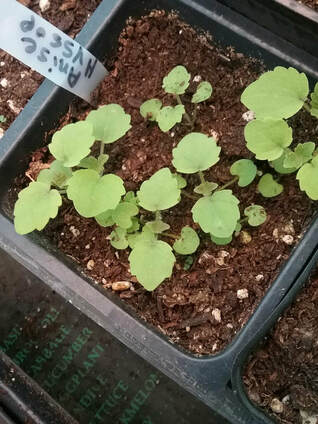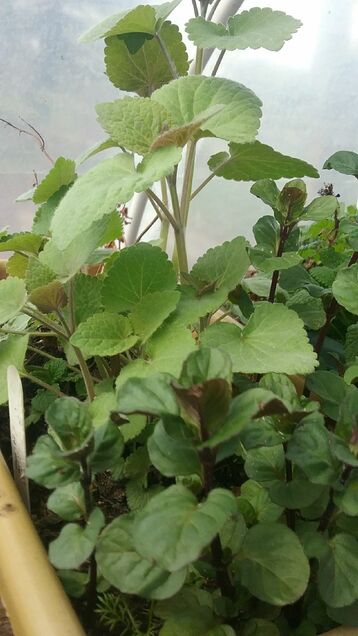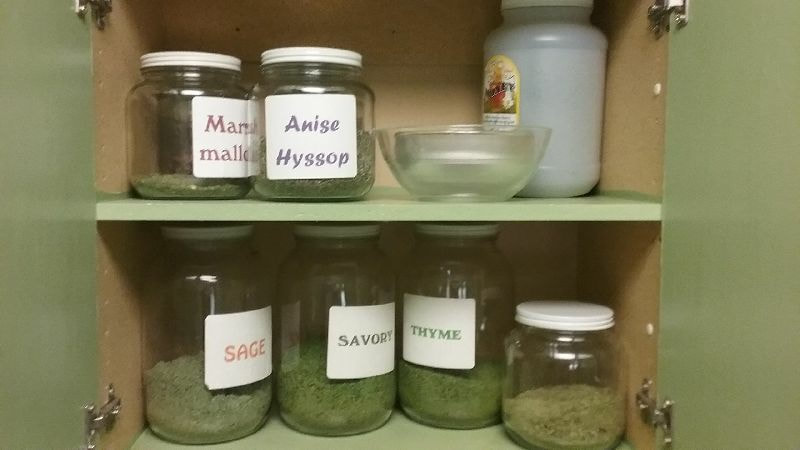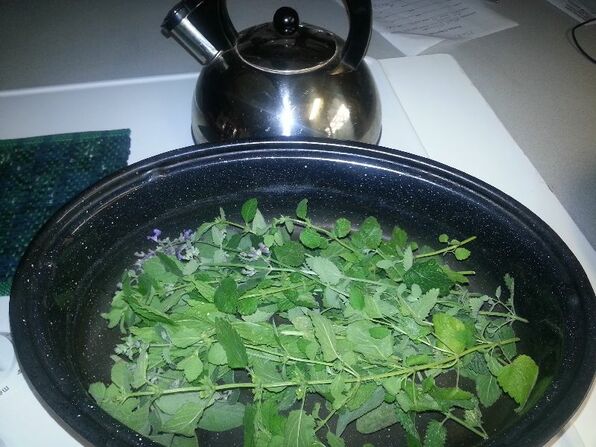Anise Hyssop is the herb of the year as selected by The International Herb Association for 2019 and then be recognized by the Herb Society of America as the Herb of the Month last year in anticipation of its big year in 2019.
Anise Hyssop, Agastache foeniculum, is a perennial that grows between two to four feet tall with showy purple flower spikes. Neither a member of the anise family nor the hyssop family, anise hyssop is actually a member of the Lamiaceae (mint) family. Like mint and catnip, anise hyssop has square stems. The leaves smell like anise, hence the name, and are ovular and broad in shape, with fringed edges, and dull green in color. When it is first emerging, it has beautiful purple color on the underside of the leaves.
At one of on-the-farm classes about teas a few years ago, a participant had a persistent cough. She took a water bottle with her when she was out and about to try to relieve the cough and lessen her embarrassment. However, it just wasn’t working. After some thought, Erin helped her to come up with a tasty tea combination of anise hyssop and sage, which did soften the cough. She continues to purchase this special tea and is especially thankful when she is situations such as church, to be able to sip her tea and not interrupt social situations with a cough.
So there you have why Anise Hyssop has been recognized this year. With its beautiful flowers and many uses from culinary to medicinal, it a great choice for Herb of the Year. Make it a part of your garden.




